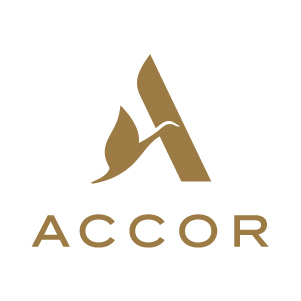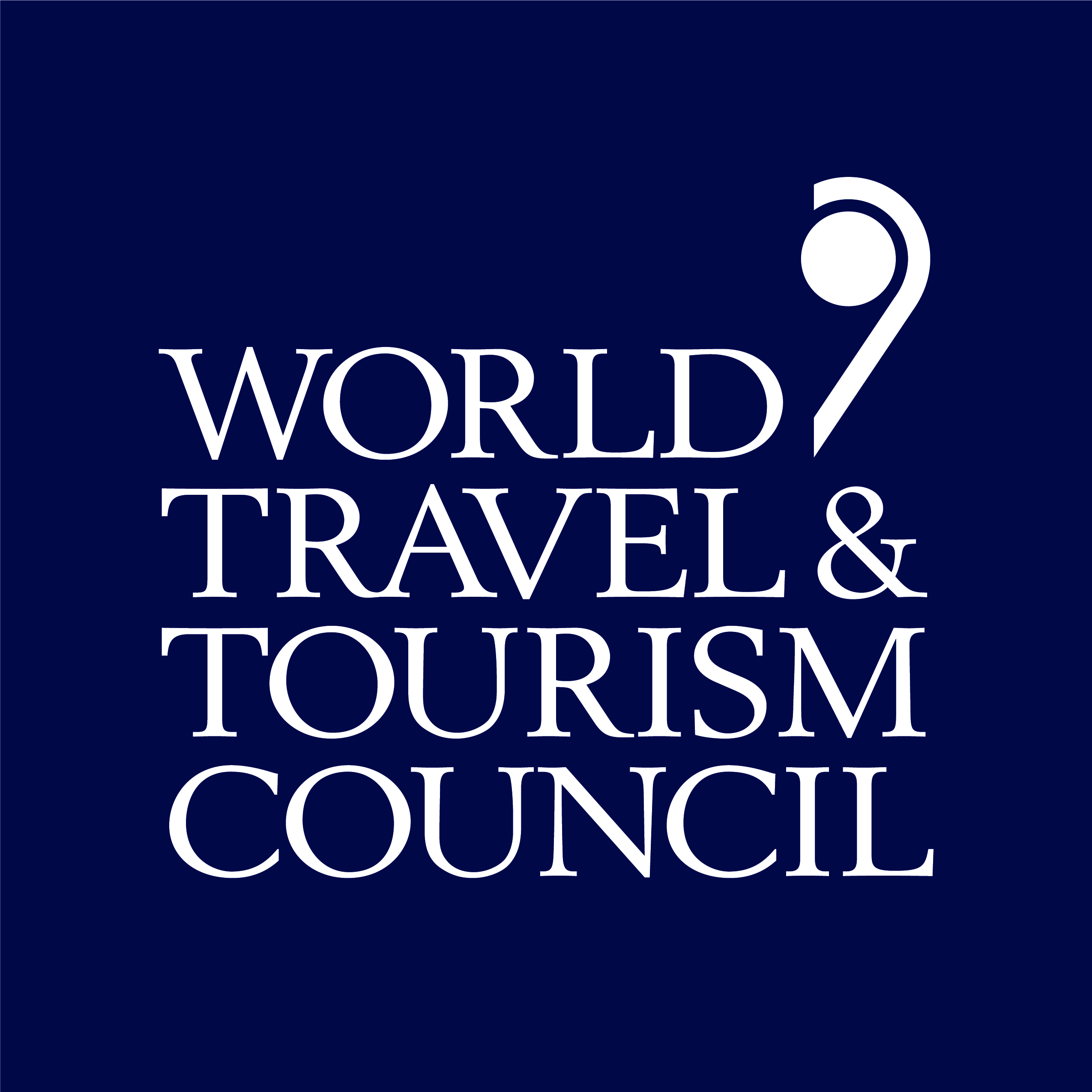Elevate your travel business: Social media tips for SMEs

In today’s digital age, social media marketing has become an indispensable tool for businesses of all sizes, including small and medium-sized enterprises (SMEs) in the Travel and Tourism sector. While large companies often have substantial budgets and dedicated teams to manage their social media presence, SMEs can also effectively harness the power of these platforms to build brand presence, engage with customers, and drive sales. SMEs can achieve significant marketing success by strategically leveraging various social media channels, creating consistent and high-quality content, and utilising the right tools and metrics.
Identifying the right social media channels
The first step for SMEs is to identify the social media channels that best align with their target audience. Popular platforms like Facebook, Instagram, TikTok, X (previously known as Twitter), and LinkedIn have unique user demographics and engagement patterns. For example, TikTok, Instagram, and Facebook are highly visual platforms, making them ideal for showcasing travel destinations, experiences, and customer testimonials. X can be used for timely updates and customer service interactions, while LinkedIn is valuable for B2B marketing and networking with industry professionals.
Sign in to access actionable insights
In today’s digital age, social media marketing has become an indispensable tool for businesses of all sizes, including small and medium-sized enterprises (SMEs) in the Travel and Tourism sector. While large companies often have substantial budgets and dedicated teams to manage their social media presence, SMEs can also effectively harness the power of these platforms to build brand presence, engage with customers, and drive sales. SMEs can achieve significant marketing success by strategically leveraging various social media channels, creating consistent and high-quality content, and utilising the right tools and metrics.
Identifying the right social media channels
The first step for SMEs is to identify the social media channels that best align with their target audience. Popular platforms like Facebook, Instagram, TikTok, X (previously known as Twitter), and LinkedIn have unique user demographics and engagement patterns. For example, TikTok, Instagram, and Facebook are highly visual platforms, making them ideal for showcasing travel destinations, experiences, and customer testimonials. X can be used for timely updates and customer service interactions, while LinkedIn is valuable for B2B marketing and networking with industry professionals.
Creating consistent, high-quality content
Content is king in social media marketing. SMEs should focus on creating consistent, high-quality content that resonates with their followers. This includes posting visually appealing photos and videos, sharing informative blog posts, and creating engaging stories that highlight the unique aspects of their travel offerings. By developing a content calendar, SMEs can plan their posts in advance, ensuring a steady stream of content that keeps their audience engaged.
Building a strong brand personality
A strong brand personality is essential for standing out in the crowded social media landscape. SMEs should define their brand’s personality and tone, whether it is friendly and approachable, adventurous and exciting, or sophisticated and luxurious. This brand personality should be consistently reflected in all social media interactions, from posts and comments to direct messages and customer service responses. A distinct and authentic brand personality helps build trust and loyalty among followers.
Incorporating viral activations
In the fast-paced world of social media, SMEs can achieve viral success by aligning their brand messaging with relevant causes, events, and key dates. This approach enhances brand visibility and fosters a connection with audiences who share similar values. However, the need for speed is crucial, as the cycle of trends is much shorter these days. SMEs must be agile and quick to jump on trends to capitalise on fleeting moments of popularity and gain rapid brand exposure. Moreover, incorporating competitions into these activations can further amplify reach and engagement, as they encourage user participation and create buzz around the brand.
Utilizing tools for scheduling and analytics
To manage their social media efforts efficiently, SMEs can leverage various tools for scheduling and analytics. Platforms like Hootsuite, Buffer, and Sprout Social allow businesses to schedule posts in advance, ensuring consistent activity even during busy periods. These tools also provide valuable analytics that track engagement, reach, and other key metrics. By analysing this data, businesses can identify which types of content perform best and adjust their strategies accordingly.
Engaging in active community management
Active community management is crucial for fostering a loyal and engaged social media following. SMEs should regularly interact with their audience by responding to comments, messages, and reviews. Hosting live Q&A sessions, running contests, and encouraging user-generated content are effective ways to boost engagement. By showing interest in their followers, they can build strong relationships and enhance customer satisfaction.
Leveraging targeted advertising and influencer partnerships
While organic reach is valuable, targeted advertising can significantly amplify social media marketing efforts. Social media platforms offer sophisticated advertising options that allow SMEs to target specific demographics, interests, and behaviours. By investing in targeted ads, businesses can reach a broader and more relevant audience, driving traffic to their website and increasing conversions.
Influencer partnerships are another powerful tool for extending reach. Collaborating with travel bloggers, vloggers, and social media influencers who have a substantial following can provide access to a larger and highly engaged audience. These influencers can create authentic content that showcases the offerings, boosting credibility and attracting new customers.
Measuring and analysing social media metrics
To ensure a cost-effective approach that maximizes return on investment, SMEs must continuously measure and analyse their social media metrics. Key performance indicators (KPIs) such as engagement rate, click-through rate, conversion rate, and follower growth provide insights into the effectiveness of social media strategies. By regularly reviewing these metrics, SMEs can identify trends, optimise their content, and refine their targeting to achieve better results.
Social media offers a powerful, cost-effective way to reach and connect with your audience—use it wisely, and your business will thrive.
Here are some examples of successful social media accounts of SMEs:
- G Adventures: It is a travel company that promotes sustainable tourism and small group adventures. They use engaging, visually stunning travel photography and stories to inspire travel lovers while highlighting eco-friendly practices. Their social media campaigns often focus on local experiences and cultural immersion.
- Hostelworld: Hostelworld, though relatively larger, started as an SME and continues to engage travellers with budget-friendly travel tips and guides. They effectively use user-generated content, traveller stories, and engaging video content like "Meet the World" series, to connect with their target audience. Their use of influencers and partnerships has helped them become a go-to brand for younger travellers.
- Pack Up + Go: It is a surprise travel company where customers don’t know their destination until the trip starts. Their social media accounts cleverly engage audiences with teasers, customer testimonials, and surprise trip reveals. They leverage community engagement by showcasing travel experiences and fun, unexpected moments.
- Explorandes: This Peruvian adventure tour company promotes sustainable, culturally immersive travel in the Andes. They use Instagram to show stunning visuals of remote landscapes and offer cultural insights into local life. They also highlight their commitment to sustainability and eco-tourism, making them leaders in showcasing responsible travel.
- Gondwana Game Reserve: This SME in South Africa offers safari experiences with a strong focus on conservation and eco-tourism. Their social media features wildlife conservation stories, stunning African landscapes, and behind-the-scenes content about their efforts to protect endangered species. Their posts often highlight community involvement and sustainable practices, which resonate with eco-conscious travellers.
- Intrepid Travel: It is a socially conscious travel brand that promotes adventure travel with a focus on responsible tourism. Their social media is filled with impactful campaigns on sustainability, women’s rights, and community tourism. They use their platforms to tell stories of local communities and encourage ethical travel practices.
These accounts effectively balance content that promotes their services while highlighting sustainability, community involvement, and immersive travel experiences—qualities that resonate well with today’s socially conscious travellers.

















